
This recent article from the Mayo Clinic is a great resource for those considering joining a support group. It provides succinct information including benefits, risks, questions to ask, and the pros and cons of online versus in-person sessions.
Through our secure platform, Foretell Reality brings a higher degree of focus, presence, and anonymity to online support groups through Virtual Reality (VR) environments designed to foster meaningful therapeutic connections.
One example is our partner XRHealth who is bringing patients together with similar ailments in moderated VR support groups to discuss their experiences, treatments, and challenges.
With more people feeling isolated and alone, support groups can provide comfort and connections that improve mood and as sense of purpose and belonging.
Foretell Reality is an enterprise VR solution for interpersonal communication and business collaboration. Learn more here.



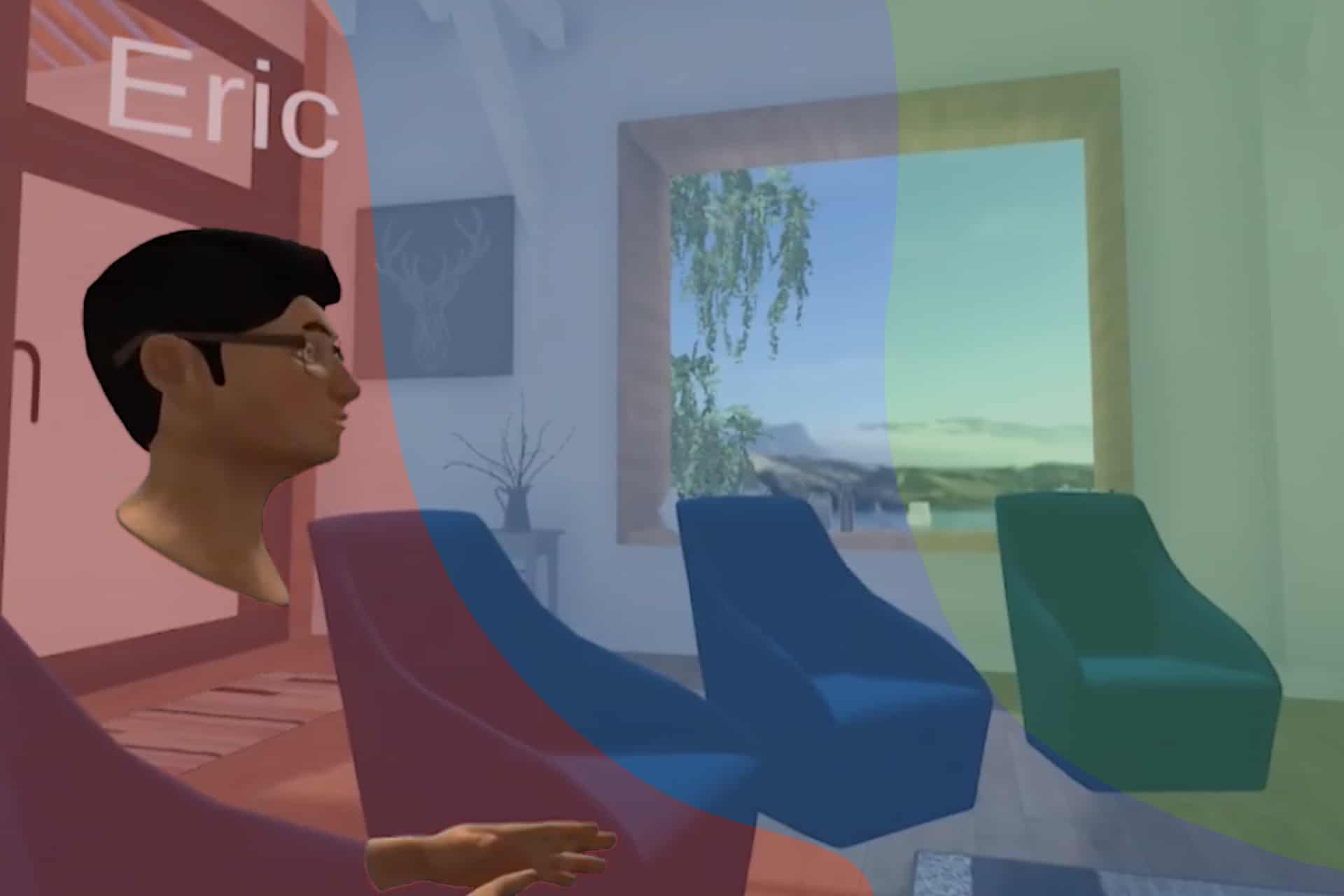
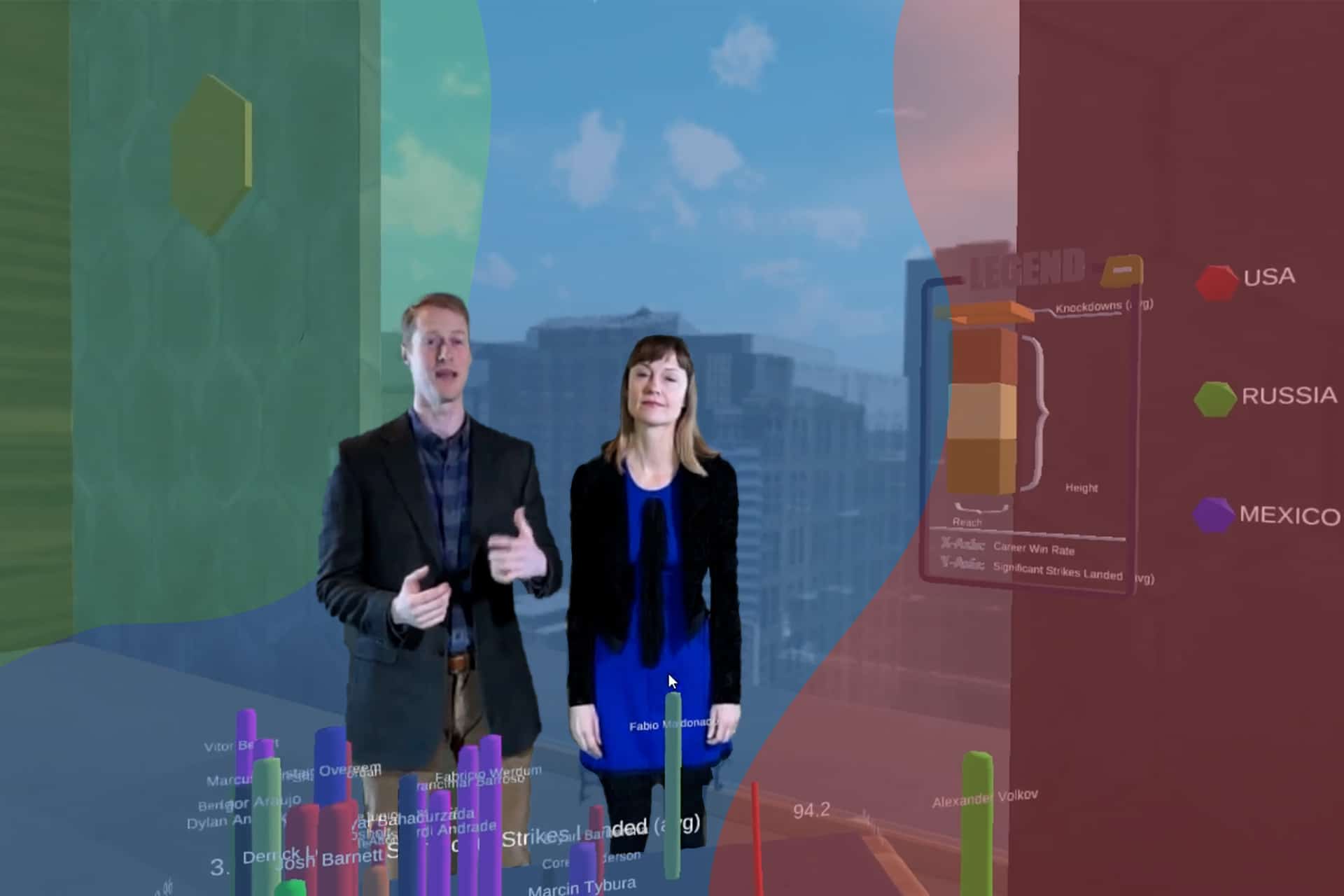

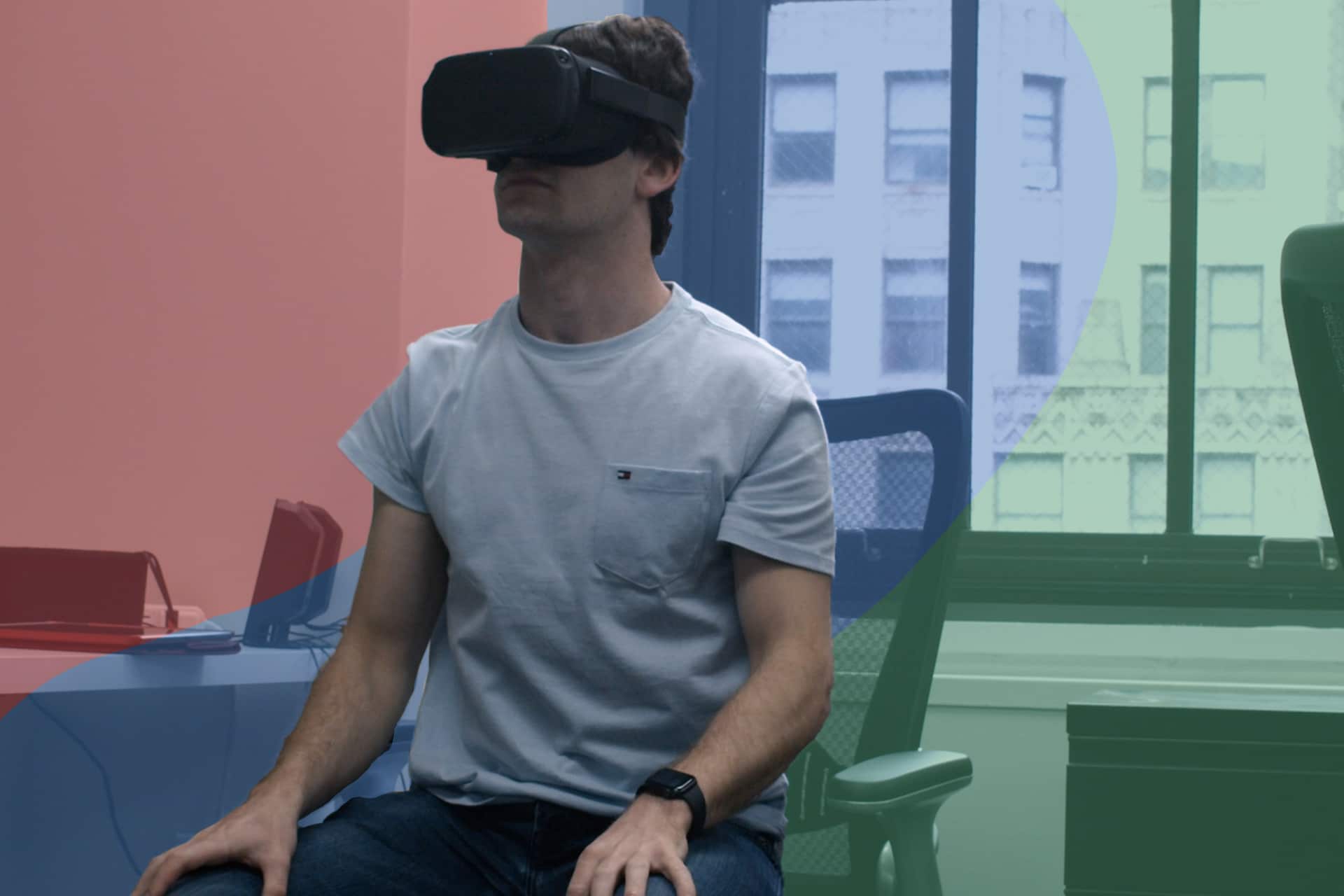

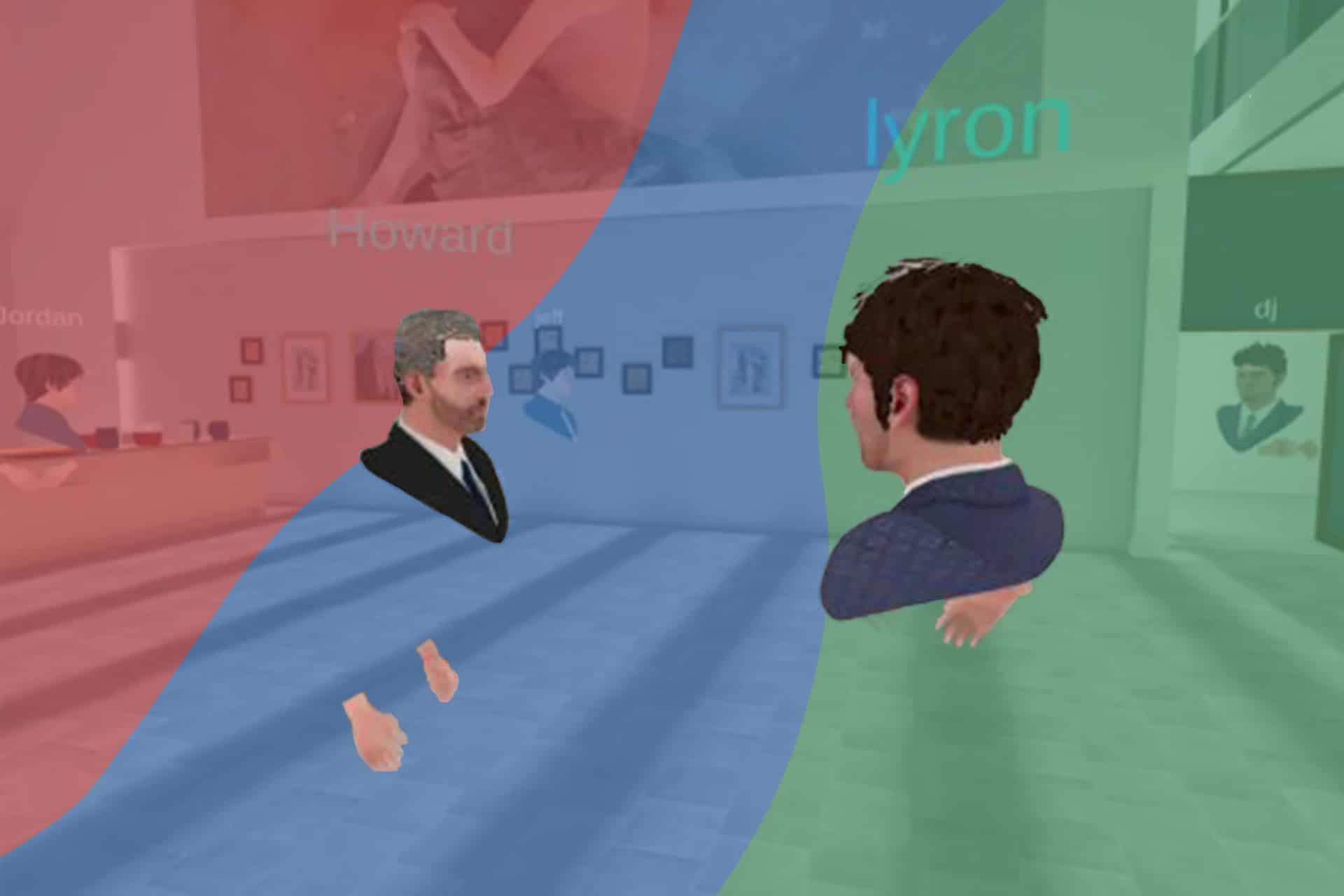

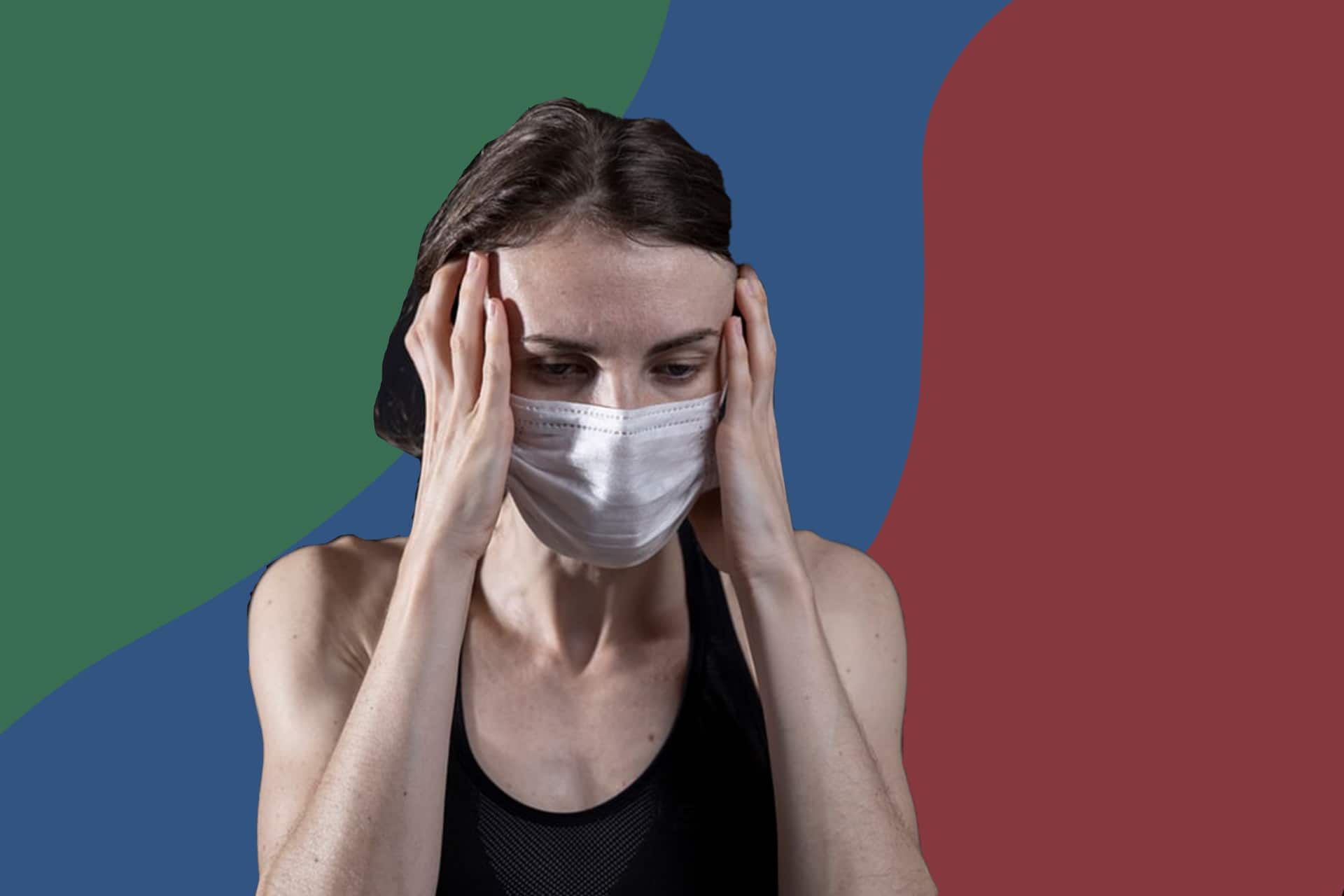

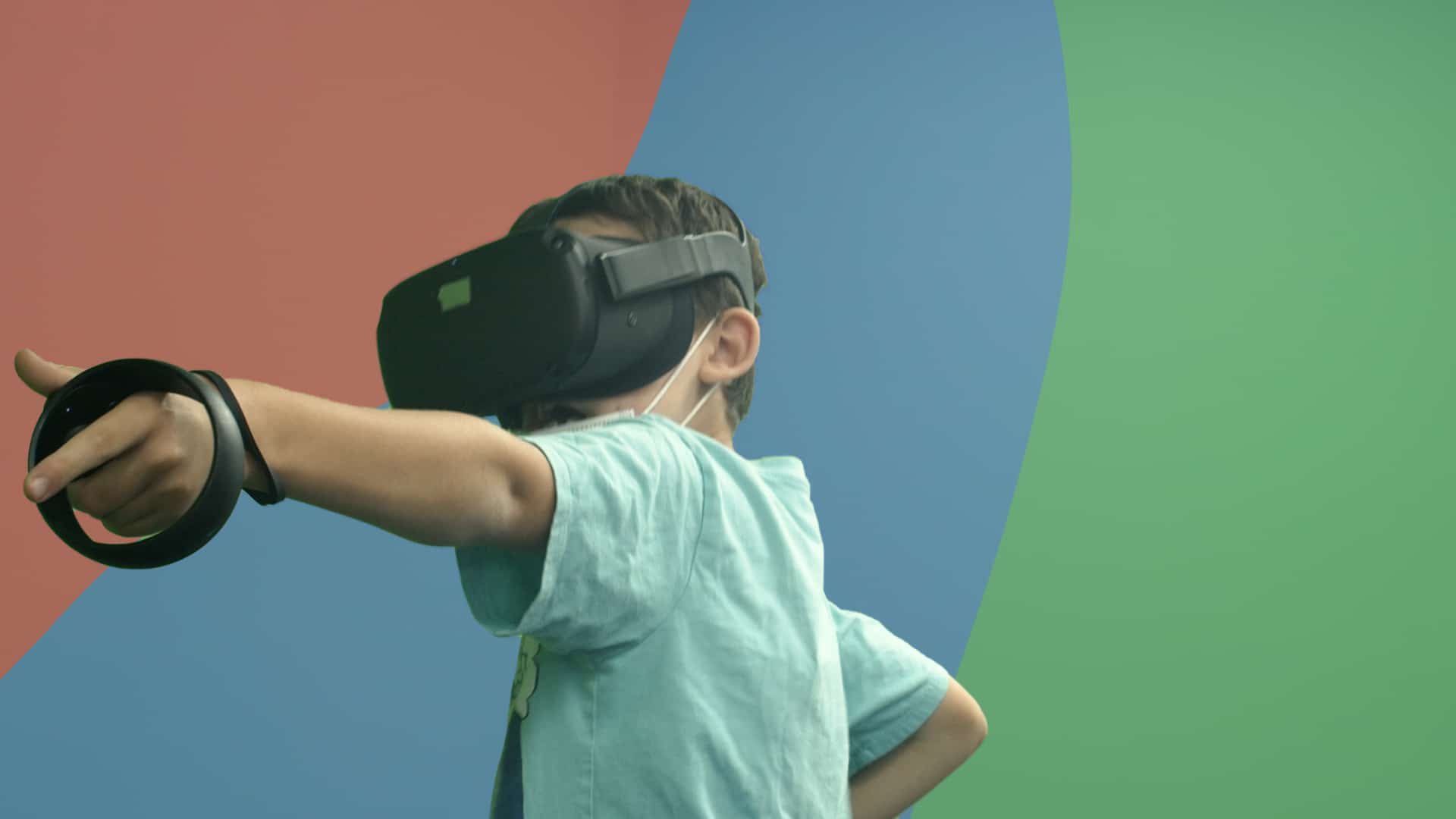

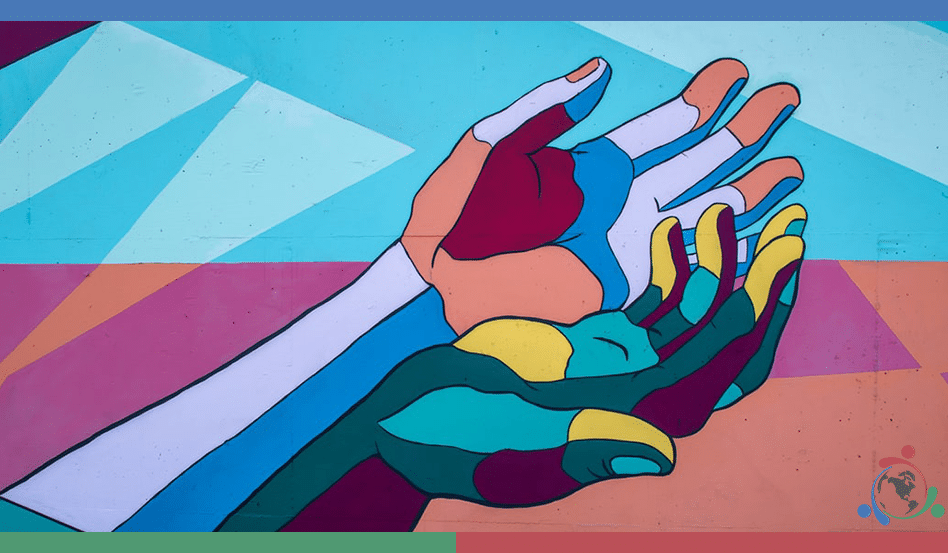











Recent Comments